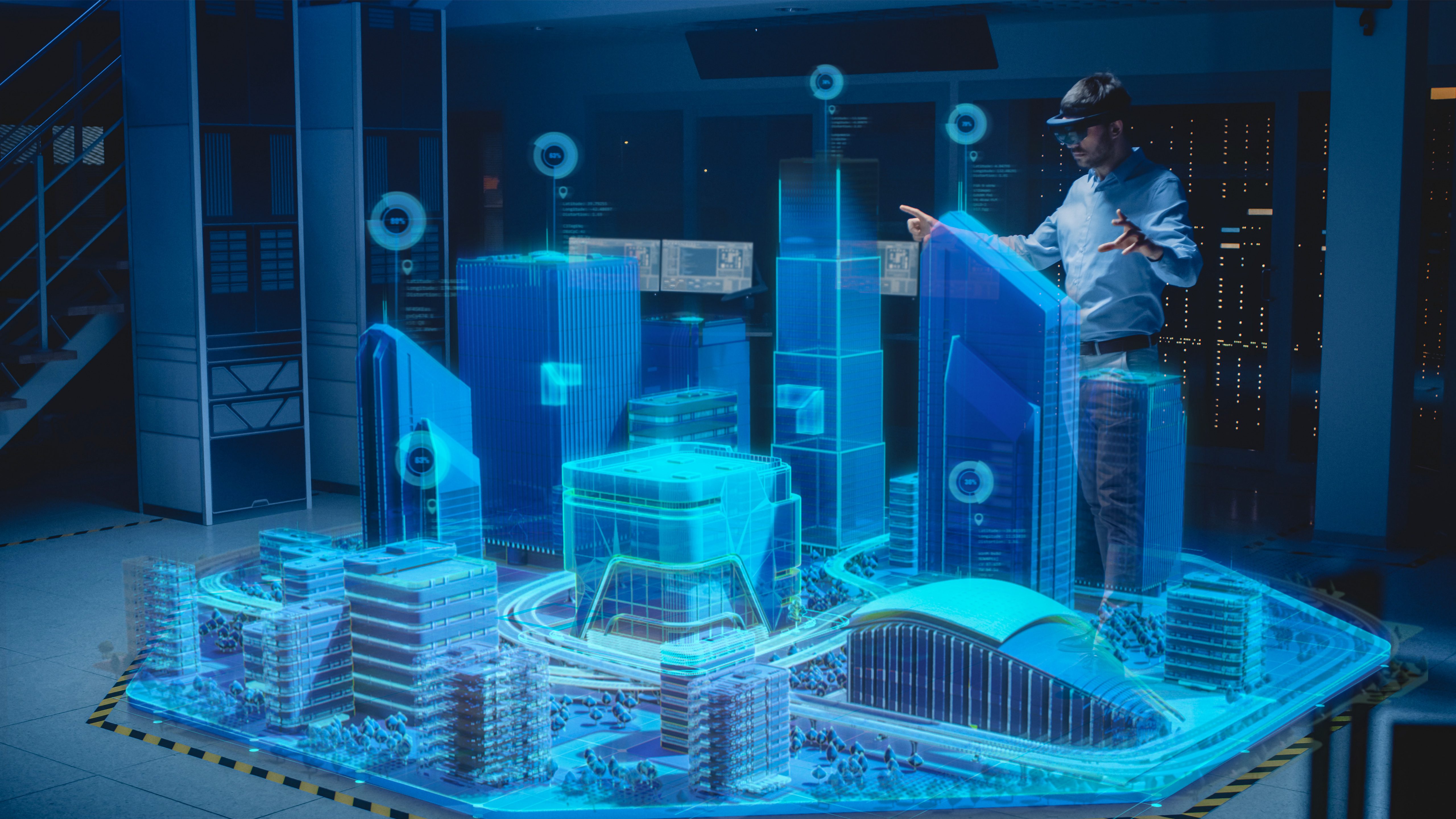
5 Latest Trends in Plant Structural Engineering
Plant structural engineering is a specialized field that plays a crucial role in the design, construction, and operation of industrial plants, such as chemical plants, refineries, power plants, and manufacturing facilities. As technology advances and industries evolve, the field of plant structural engineering continues to grow and adapt.
Let’s explore some of the latest trends in plant structural engineering and how they are shaping the future of industrial plant design and construction.
- Advanced Materials and Construction Techniques
One of the most significant trends in plant structural engineering is the use of advanced materials and construction techniques. Engineers are increasingly using high-strength materials, such as advanced steels and composites, to build structures that are lighter, stronger, and more durable than ever before. These materials offer several advantages, including improved resistance to corrosion, fire, and fatigue, as well as faster construction times and lower maintenance costs.
In addition to advanced materials, engineers are also employing innovative construction techniques, such as modular construction and 3D printing, to streamline the construction process and reduce costs. Modular construction involves building components off-site in a controlled environment and then assembling them on-site, which can significantly reduce construction time and minimize disruption to plant operations. 3D printing, on the other hand, allows engineers to create complex structural components with unprecedented precision and efficiency.
- Digital Twin Technology
Another major trend in plant structural engineering is the use of digital twin technology. A digital twin is a virtual model of a physical plant or asset that is created using real-time data from sensors and other sources. This digital replica can be used to simulate and analyze the behavior of the plant in various scenarios, helping engineers to optimize its design, operation, and maintenance.
Digital twin technology is revolutionizing the field of plant structural engineering by enabling engineers to design and build more efficient and resilient plants. By simulating the performance of a plant in advance, engineers can identify potential issues and make adjustments to the design before construction begins, saving time and money in the long run. Digital twins also enable predictive maintenance, allowing engineers to anticipate and address maintenance issues before they lead to costly downtime.
- Sustainable Design and Green Technologies
With growing concerns about climate change and environmental sustainability, there is a growing emphasis on sustainable design and green technologies in plant structural engineering. Engineers are incorporating features such as energy-efficient lighting, renewable energy sources, and green roofs into their designs to reduce the environmental impact of industrial plants.
One of the key challenges in plant structural engineering is balancing the need for safety and reliability with the goal of sustainability. Engineers must ensure that their designs meet rigorous safety standards while also minimizing the use of resources and reducing emissions. This requires a holistic approach that considers not only the structural integrity of the plant but also its environmental impact and long-term sustainability.
- Automation and Robotics
Automation and robotics are transforming the field of plant structural engineering by increasing efficiency, improving safety, and reducing costs. Engineers are using robotics for tasks such as welding, assembly, and inspection, which were previously labor-intensive and time-consuming. This not only speeds up the construction process but also improves the quality and consistency of the work.
In addition to robotics, automation is also being used to control and monitor plant operations more effectively. Advanced control systems and artificial intelligence algorithms can optimize the performance of the plant in real-time, ensuring that it operates at peak efficiency while minimizing energy consumption and emissions.
- Resilience and Disaster Preparedness
In light of the increasing frequency and severity of natural disasters, there is a growing focus on resilience and disaster preparedness in plant structural engineering. Engineers are designing plants to withstand a wide range of potential hazards, including earthquakes, hurricanes, floods, and fires, by incorporating features such as reinforced structures, redundant systems, and robust emergency response plans.
Resilience is not only about protecting the plant itself but also about ensuring the safety of the surrounding community and environment. Engineers must consider the potential impact of a plant failure on the local population, infrastructure, and ecosystem, and take steps to mitigate these risks through careful design and planning.
Thus, plant structural engineering is a dynamic and evolving field that is being shaped by a wide range of technological, environmental, and social trends. By embracing these trends and adopting innovative approaches, engineers can design and build industrial plants that are safer, more efficient, and more sustainable than ever before.


